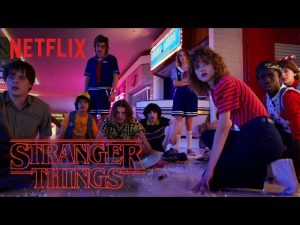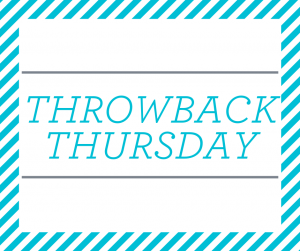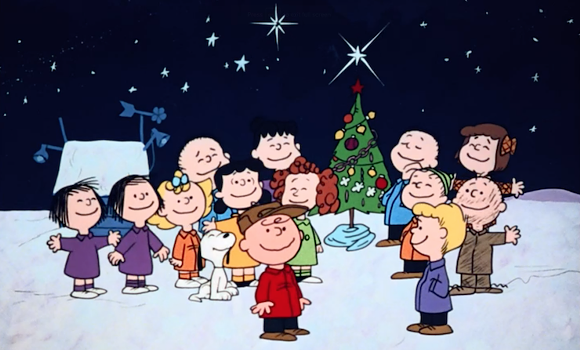Nostalgia. By definition, it means “a sentimental longing or wistful affection for the past, typically for a period or place with happy personal associations,” and it has been growing more and more popular with each new live-action remake of a Disney movie.
With the live-action remake of Aladdin hitting theatres this weekend, we’re taking a look at what makes something nostalgic, and how organizations can use it effectively through branding, social media, or PR.
What makes something nostalgic can be tricky, even with a definition. For example, why is Netflix hit Stranger Things nostalgic but not Jurassic World? The answer doesn’t just lie in when the show or movie takes place, it also includes the emotions they evoke.
 Stranger Things does a brilliant job of transporting audiences back to the 80s, a time of big hair and even bigger monsters. For those who grew up in that decade, there are strategically placed reminders in nearly every scene, from the old branded Coca-Colas (which has a #rad social media partnership with the show) to the clothing, to the characters’ attitudes and time capsule like perspectives. While Jurassic World is a movie that is a spinoff of the 90s classic, it takes place today and has relatively few callbacks to the grunge music and phrases like ‘rad.’
Stranger Things does a brilliant job of transporting audiences back to the 80s, a time of big hair and even bigger monsters. For those who grew up in that decade, there are strategically placed reminders in nearly every scene, from the old branded Coca-Colas (which has a #rad social media partnership with the show) to the clothing, to the characters’ attitudes and time capsule like perspectives. While Jurassic World is a movie that is a spinoff of the 90s classic, it takes place today and has relatively few callbacks to the grunge music and phrases like ‘rad.’
How can PR pros and marketers harness the power of nostalgia?
When thinking about content that evokes nostalgia for target audiences, don’t be subtle. It needs to be obvious that you are calling back to a different time, or it can seem like a mistake and that the brand is out of touch.
For example, if a brand wants to bring back an old logo, it would be a good idea to call out the year that it was created, or take a look at old footage and share the behind-the-scenes of the development to generate excitement. Otherwise, those in the audience who weren’t around when the logo was originally developed and marketed may not know that the logo is a callback, and may think it simply looks ‘old’ (not in the good retro way).
What about social media?
 Social media can be a great tool to evoke the feeling of nostalgia. A #ThrowBackThursday post can take customers or consumers back to when they ate at your brand’s restaurant or bought a milestone item (first car, anyone?). Another approach is to ask the audience for their favorite memory interacting with the brand or company. These shared memories are valuable user-generated content that can become testimonials or archived content for reuse.
Social media can be a great tool to evoke the feeling of nostalgia. A #ThrowBackThursday post can take customers or consumers back to when they ate at your brand’s restaurant or bought a milestone item (first car, anyone?). Another approach is to ask the audience for their favorite memory interacting with the brand or company. These shared memories are valuable user-generated content that can become testimonials or archived content for reuse.
From a PR perspective, one example of bringing back “better times” is to take your audience back in time. Although we don’t advise actual time travel unless you are a professional. Offer your product at the price it was in the 70s or bring back the original owner for a day if they have retired. The media loves nostalgia just as much as the rest of us – just look at what Izzy’s did on Opening Day. With Marty Brennaman retiring at the end of this baseball season, Izzy’s wanted to honor the Cincinnati legend. They decided to lower the price of the Reuben to five dollars, the same price it was in 1974 when Marty Brennaman started calling the Reds games. You can check out the article here. This throwback campaign created buzz on social channels as well as in the media because it brought back good memories and with it, that nostalgic feeling.
With TV shows and movies bringing back all the feels, consider adding some nostalgia to your next marketing campaign.
About Scooter Media
Scooter Media is a full-service communications agency in Greater Cincinnati specializing in public relations and social media. For summer event media relations and social media advice, see our blog post “Harness PR & Social Media to Make a Splash at Your Summer Event.”


